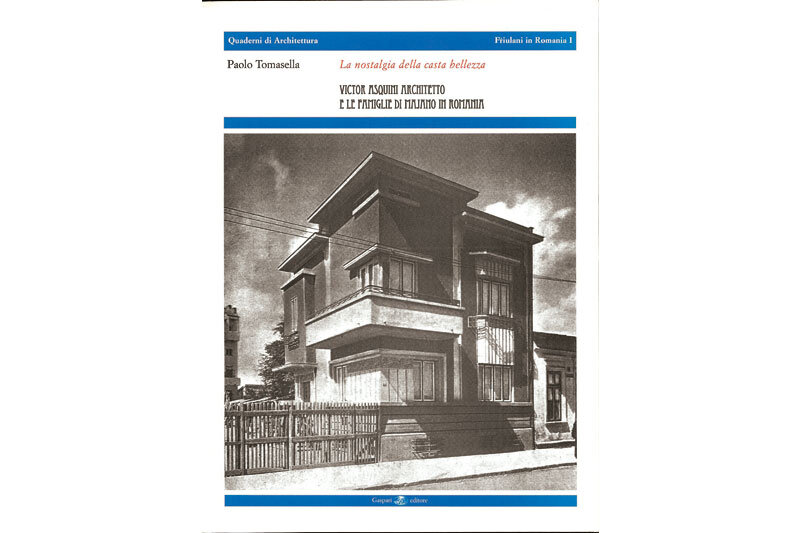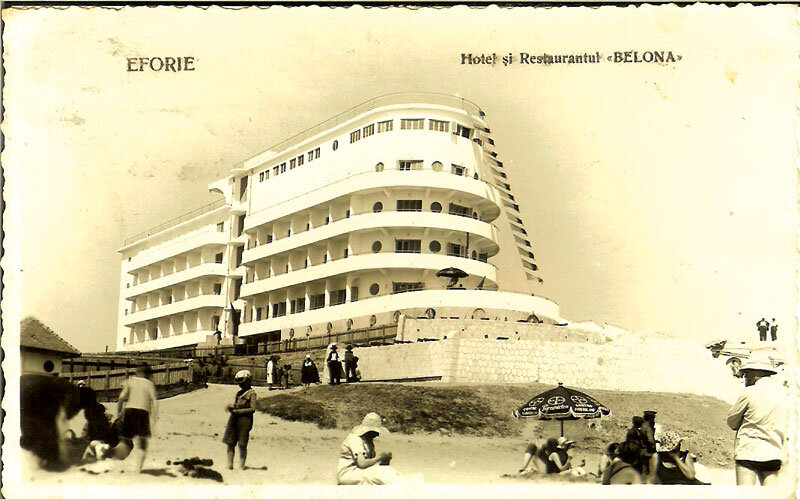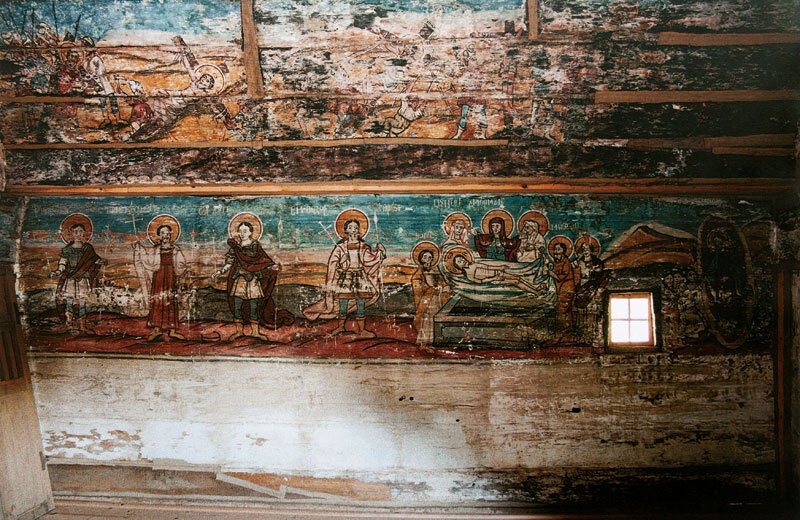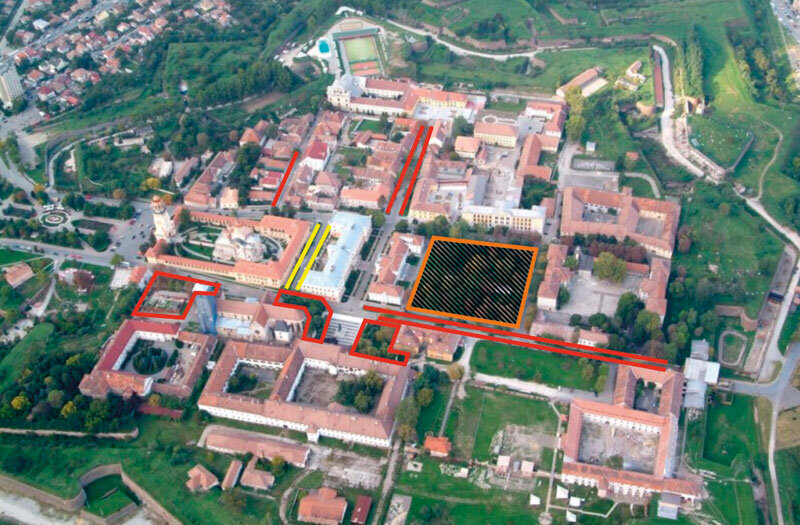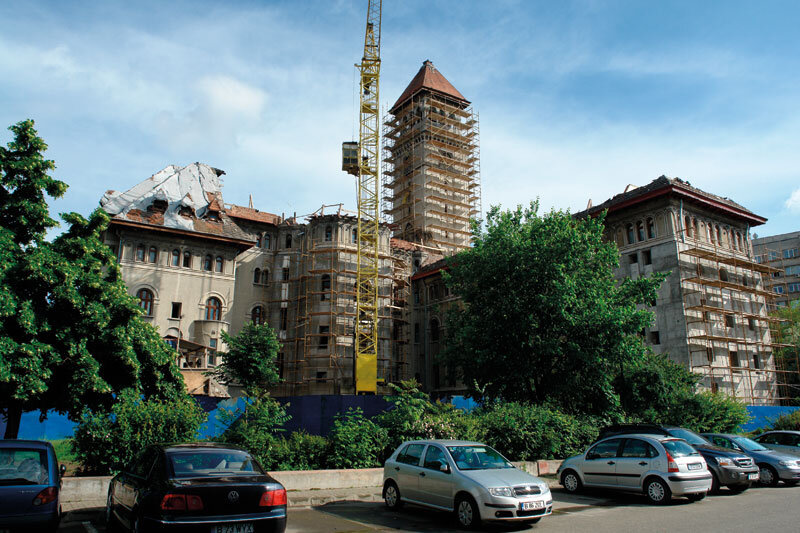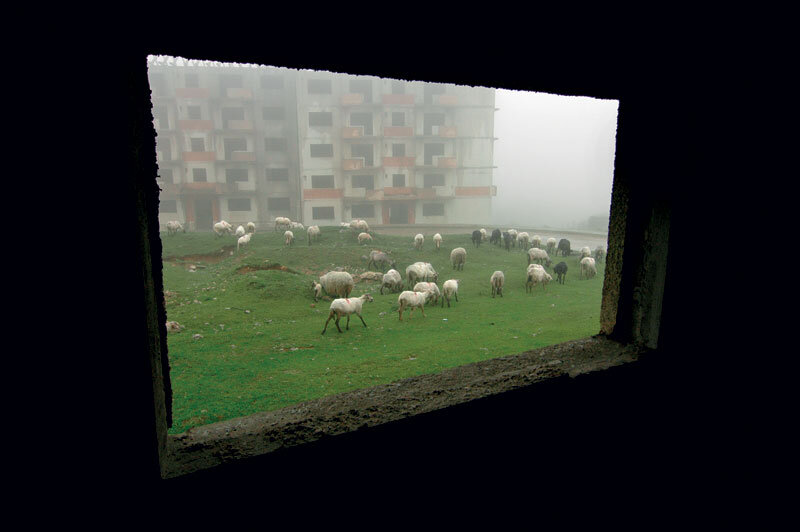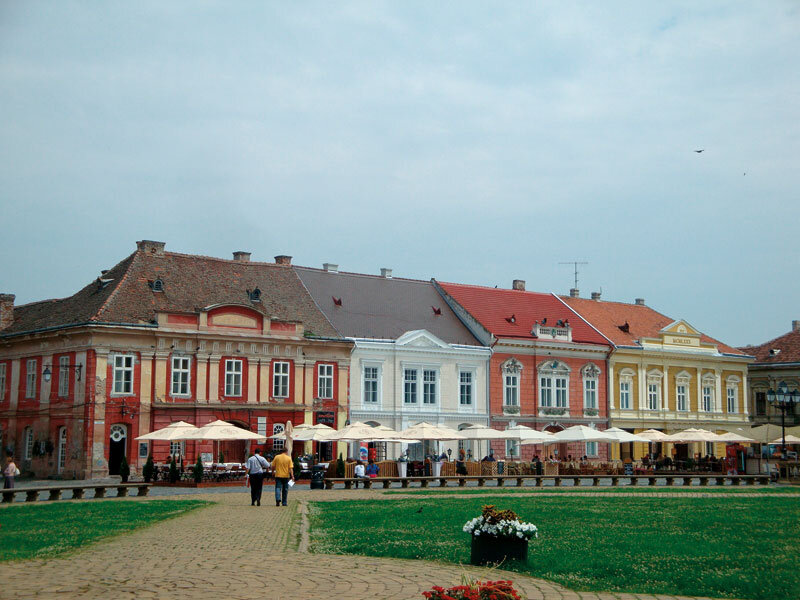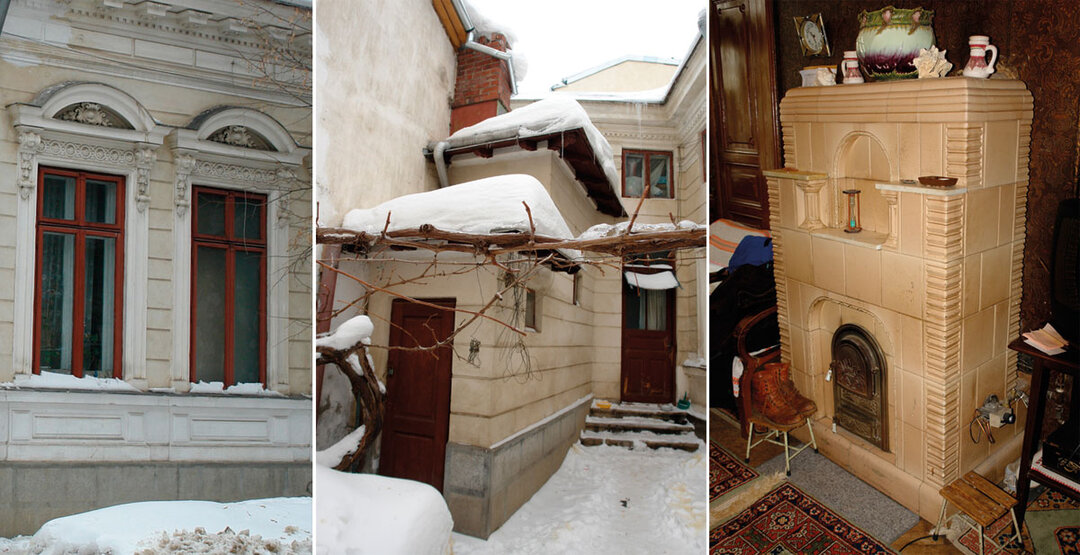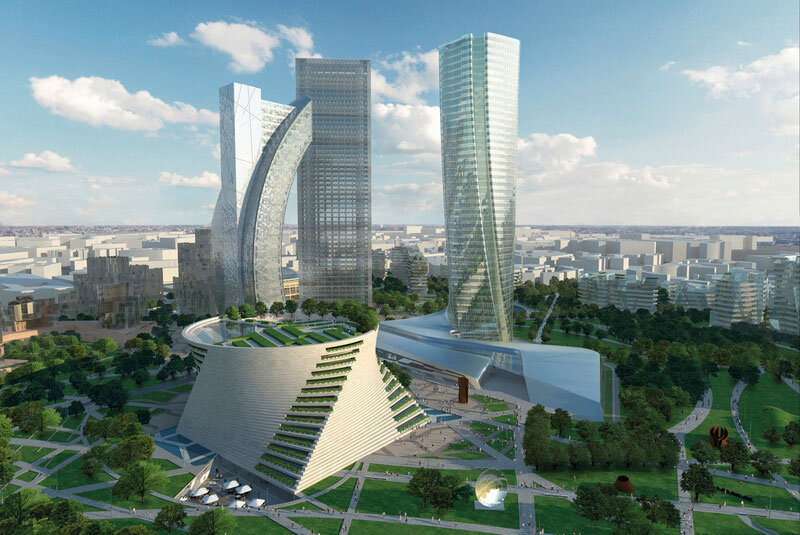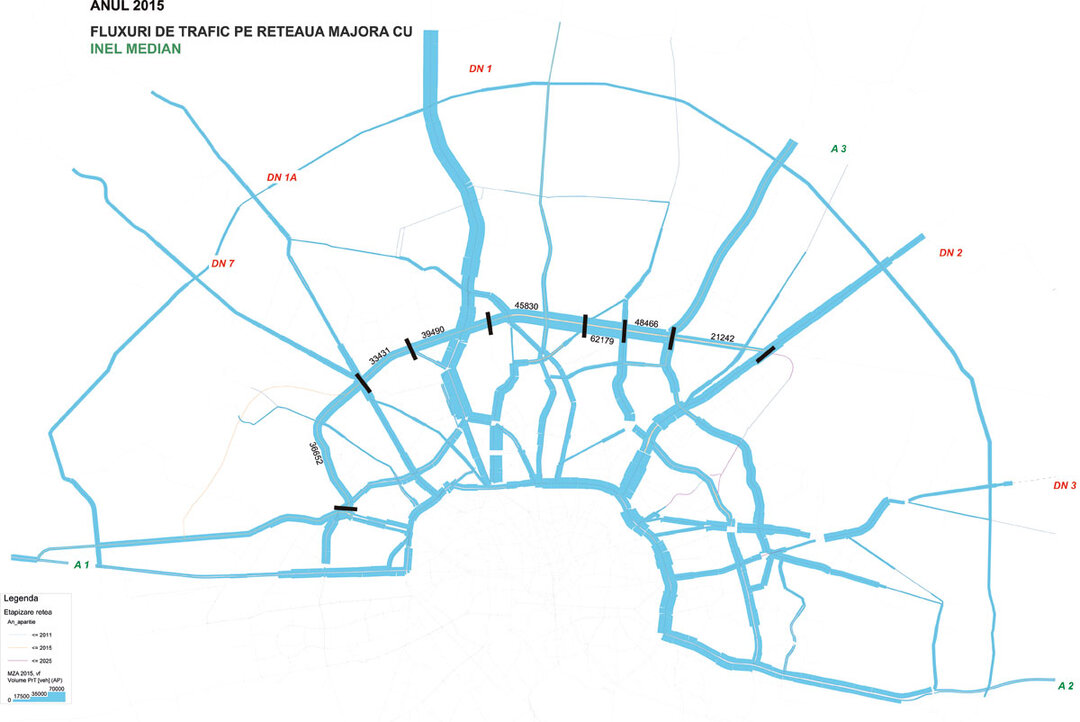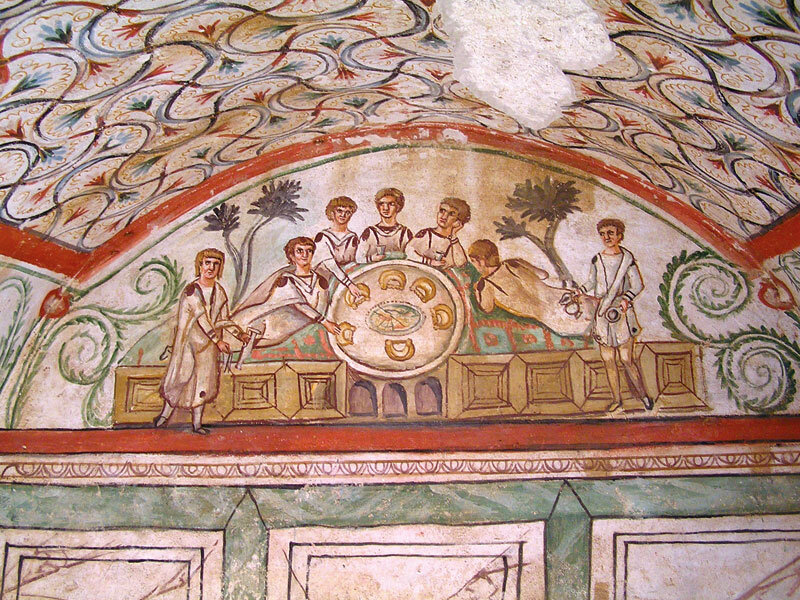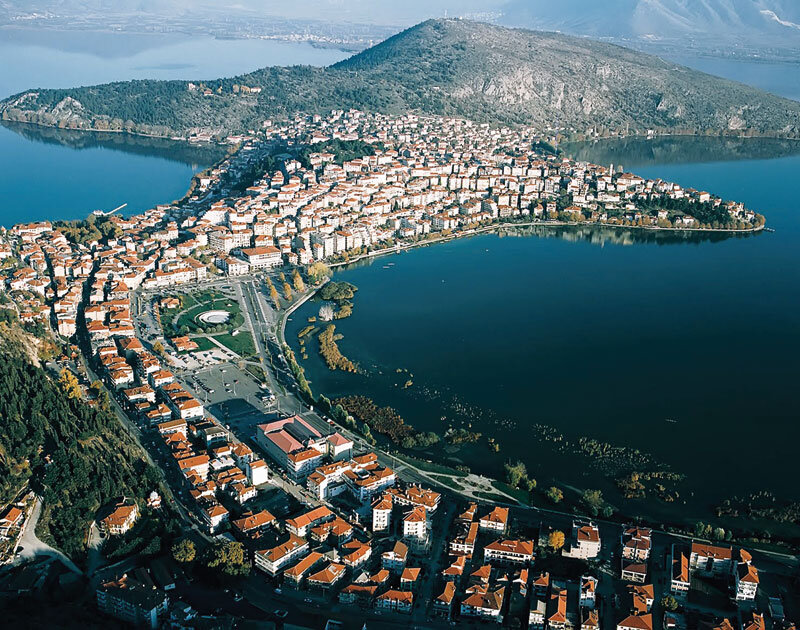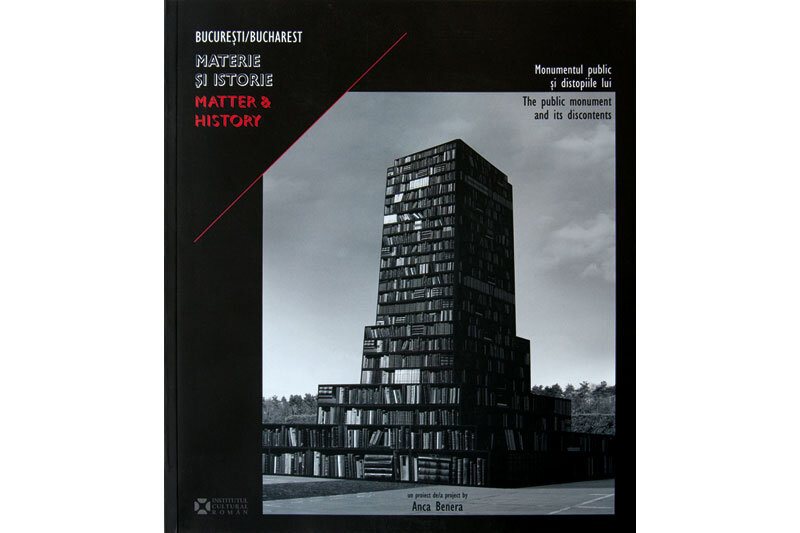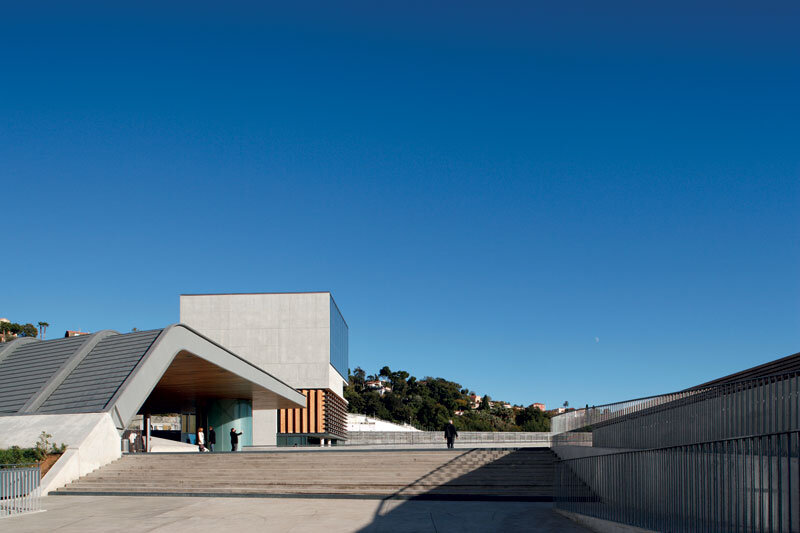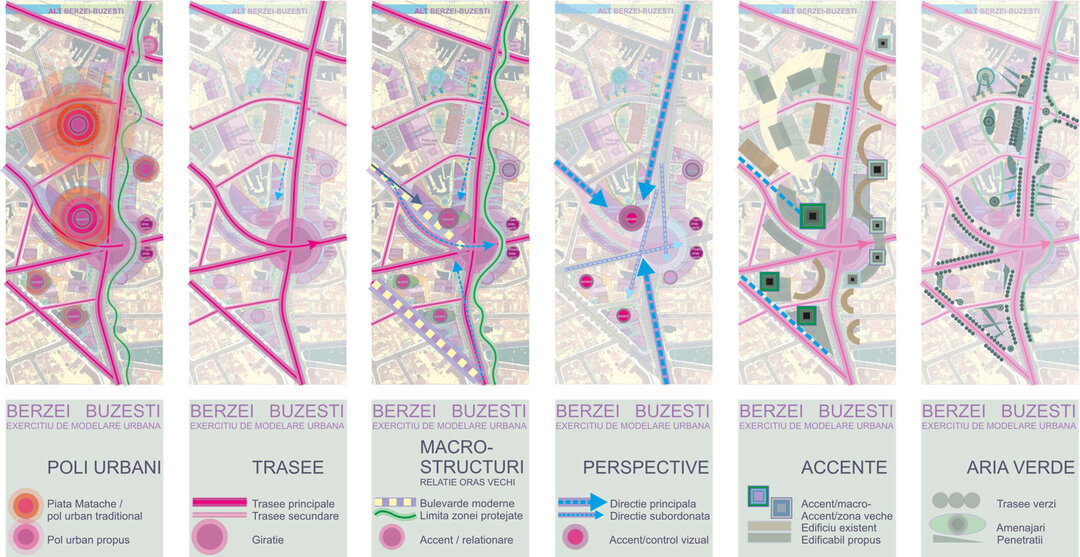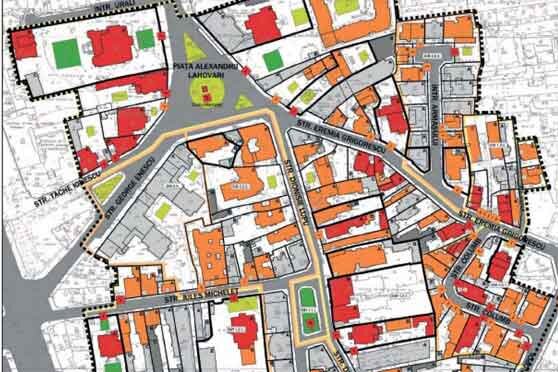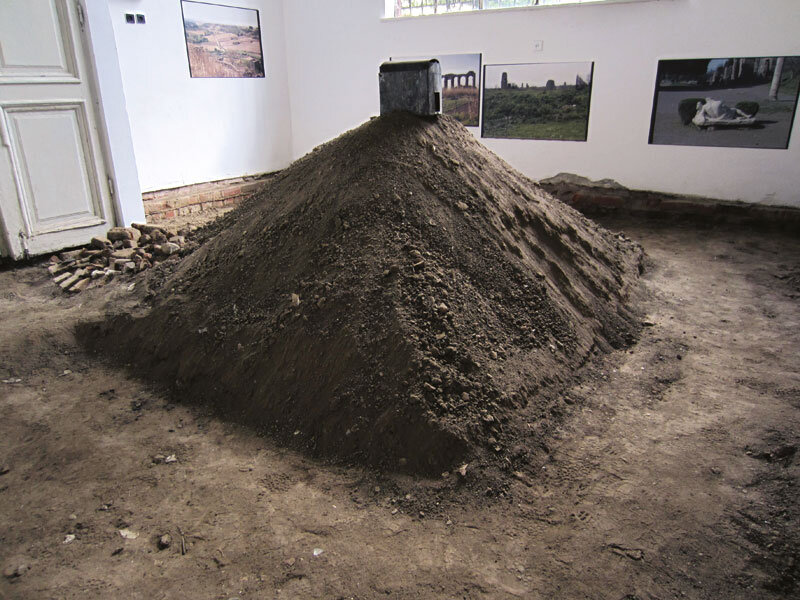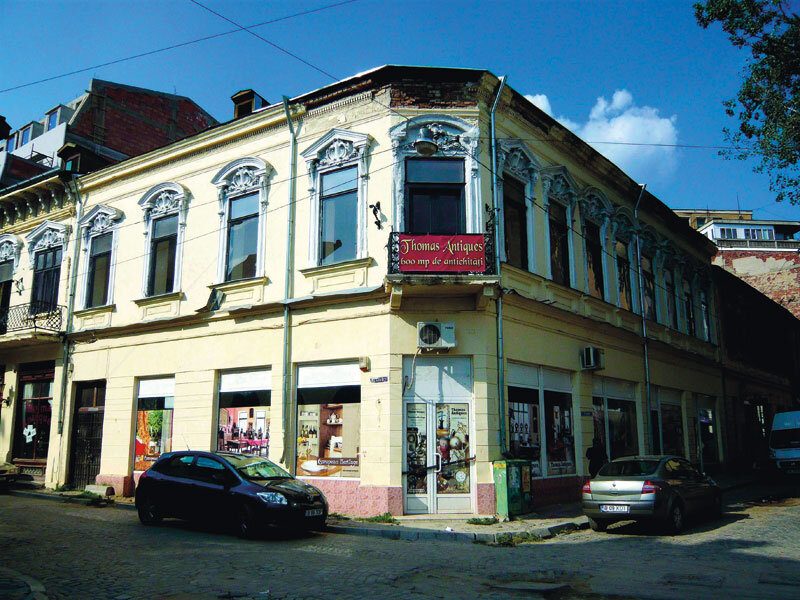
The vitality of heritage. Resources for a collective memory
The conservation, protection and regeneration of built heritage requires substantial financial investments, but also other resources (human and infrastructural) to be involved in active management, maintenance or restoration programs.
European cultural policies are not aimed at standardization, as we often perceive it, but rather at establishing a cultural identity born out of the recognition of differences, which has as its ultimate goal the development of a collective European consciousness. Romania signed the UNESCO Convention concerning the Protection of the World Heritage in 1990.
Article 5(a) of the Convention obliges the signatory states "to adopt a general policy aimed at giving cultural and natural heritage a function in the life of the community and at integrating the protection of heritage into comprehensive planning programs"1. Theoretically and strategically, heritage is an integral part of Romania's development policies2. At sectoral level, the relevant institutions can define priorities in the field of natural and built heritage. These priorities can be set both at national level and at the level of the eight development regions through cultural strategies. The territorial and cross-sectoral approach should be done through a memorandum of understanding between local, regional and national partners. The focus must be on the catalyzing and harmonizing effect of regional development policies through culture.
Over the last decade, Romania has seen a diversification of sources of funding for the cultural sector which, in addition to the state and local budgets, separate funding programs managed by AFCN and ICR, also benefits from extra-budgetary, community sources. Cultural operators' access to sources of funding depends on their professional competence, familiarization with these new mechanisms, level of information and knowledge of how to approach each potential source. Cultural actors also need to have a better knowledge of the specificities and targeting of European and national/regional funds in order to be able to participate in programming processes and to induce national/regional decision-makers to include culture among the priorities for funding from these sources. These competences are all the more necessary as the cultural sector and operators in the sector are in close competition not only with each other, but also with other social actors (in particular in the education, health, social care, research sectors) for public and private resources.
Programmes for the enhancement of cultural heritage and, first and foremost, the conservation and restoration of historical monuments, the decentralization of cultural administration and the provision of efficient and accessible financial mechanisms in culture are a foundation on which to build further.
The "European Agenda for Culture in a globalizing world", approved by the Council in a resolution of 16 November 2007, sets out the objectives for the European Union's future activities in the cultural and creative sectors. It aims to promote cultural diversity and intercultural dialogue, to promote culture as a catalyst for creativity in economic growth and employment and to promote culture as an essential element of the European Union's international relations.
The financial resources allocated by the European Union are grouped around two programming mechanisms: Community and Structural.
Read the full text in issue 2/2012 of Arhitectura magazine.


